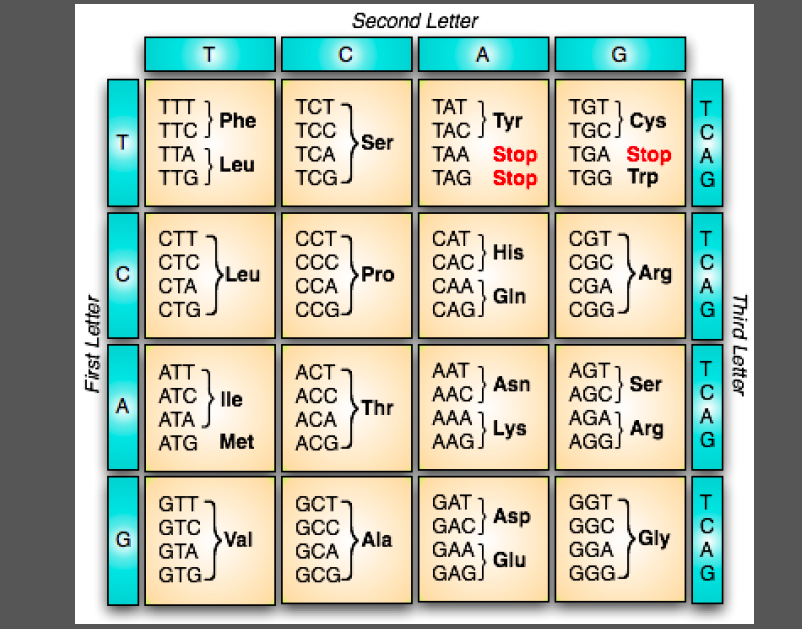

The alignment-independent method could be used to assess the importance of the principal chemical properties of every single amino acid in the protein sequences for their contributions in explaining GPCR family membership. Moreover, 90 orphan GPCRs out of 165 were tentatively identified to GPCR ligand binding class. Of the latter, only 14 sequences, confined in rapidly expanding GPCR classes, were mispredicted. The model was further validated by external prediction of 535 novel GPCRs not included in the training set. The application of partial least squares projection to latent structures created a highly valid model (cross-validated correlation coefficient, Q 2 = 0.895) that gave unambiguous classification of the GPCRs in the training set according to their ligand binding class. The application of principal component analysis to a data set of 929 class A GPCRs showed a clear separation of the major classes of GPCRs. The method relies on a multivariate approach where the primary amino acid sequences are translated into vectors based on the principal physicochemical properties of the amino acids and transformation of the data into a uniform matrix by applying a modified autocross-covariance transform. We have developed an alignment-independent method for classification of G-protein coupled receptors (GPCRs) according to the principal chemical properties of their amino acid sequences.


 0 kommentar(er)
0 kommentar(er)
